Today was to be an entirely bird-focused day, visiting the Dolna Kula Valley, one of the top birding sites in the Eastern Rodopi. There are a variety of habitats here: rocky outcrops, stony & bushy slopes, river banks, and agricultural land. The birding here can mostly be done from within or around the car - most of the main points of interest are just various stops along the road that passes through the valley. I had four major target species, all of which we’d be unlucky not to see: Roller, Lesser Grey Shrike, Eastern Black-eared Wheatear and Chukar. The valley is one of the best sites for these in the Eastern Rodopi and Bulgaria. What’s more, opportunities for photography are usually excellent - some species can simply be photographed out of the car window (the shrike and Rollers often perch on close wires or posts) and on previous visits Black-eared Wheatears have been nesting on a rock outcrop just below the road. The tricky one for me has always been Chukar, a very shy bird usually.
We arrived at the start of the valley just before 07:00am. At our first stop, we got out the car for a short walk, seeing 3 Little Ringed Plover in a flooded area, our first Middle Spotted Woodpecker of the trip, and the first of many Red-backed Shrikes, Golden Orioles, Hoopoes and Bee-eaters during the course of day. Slowly we drove further on, and after a quiet 20 minutes came suddenly across a female European Roller perched on a wire just above the road. We were able to park up right beside it, allowing me some decent shots out of the window. After a while it flew a short distance to the top of a post, where it remained a few seconds before being replaced by a male Roller. Very lucky to have such good views of this beautiful bird so early on in the day, and especially to be able to photograph both sexes.
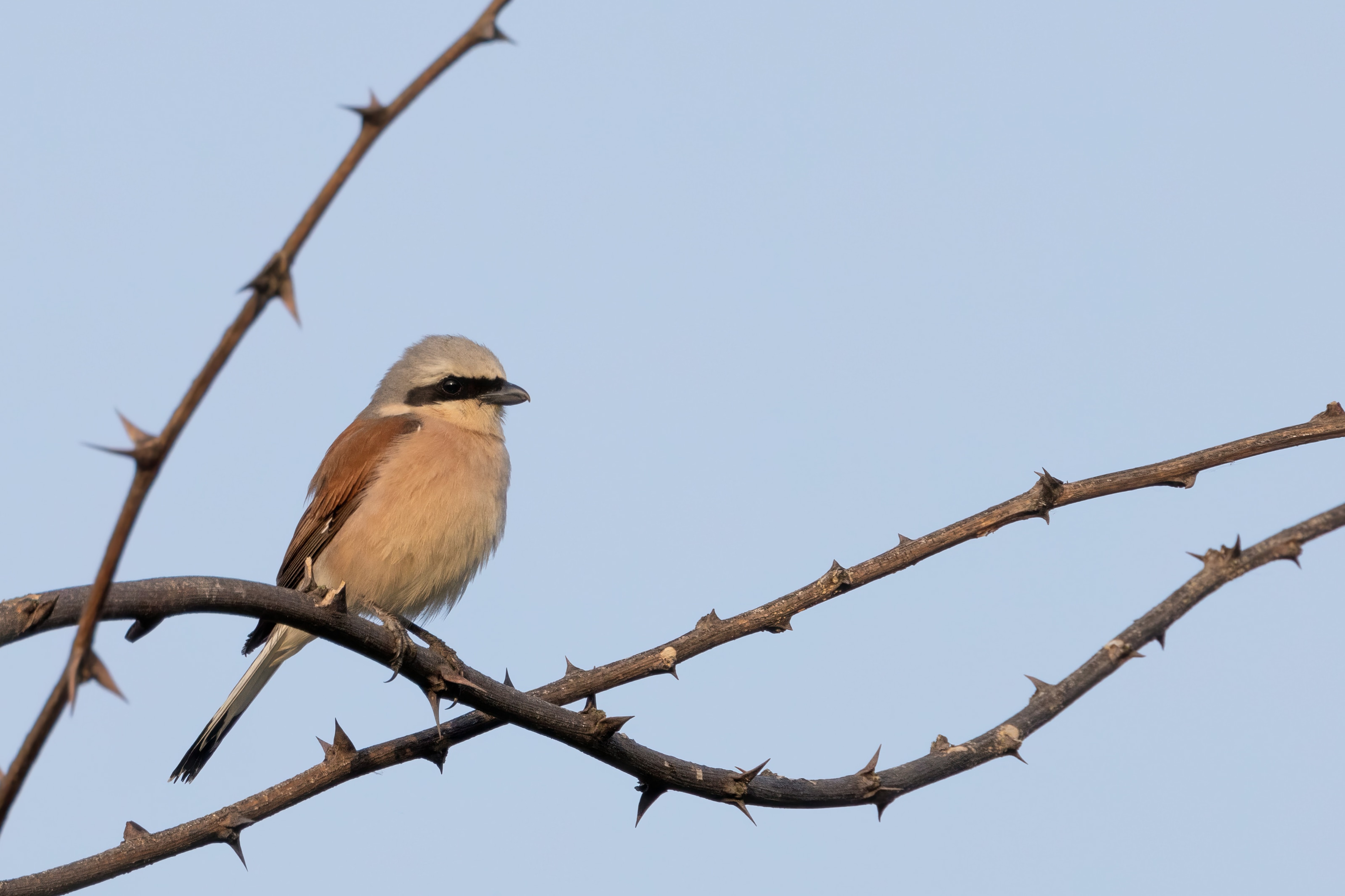
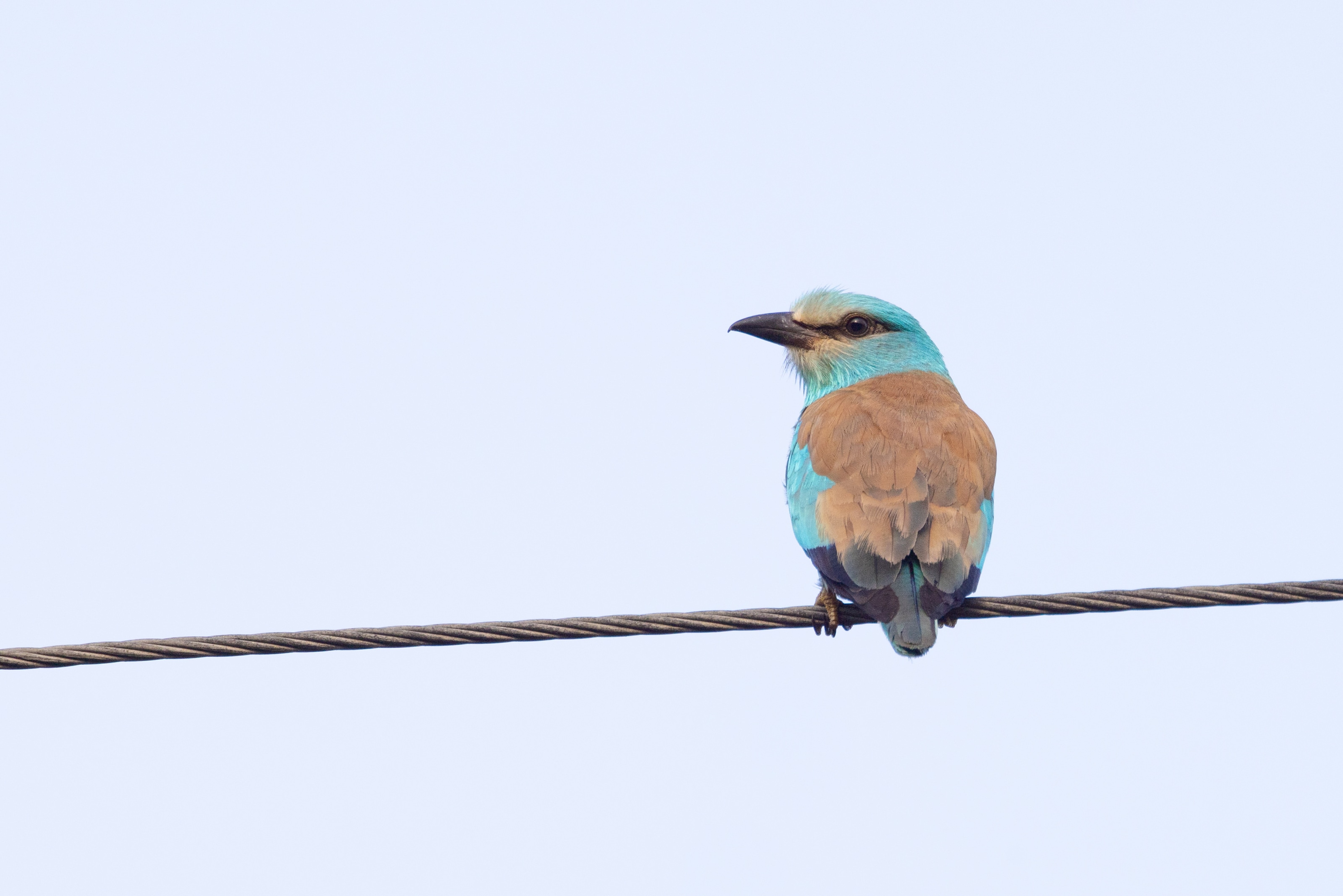
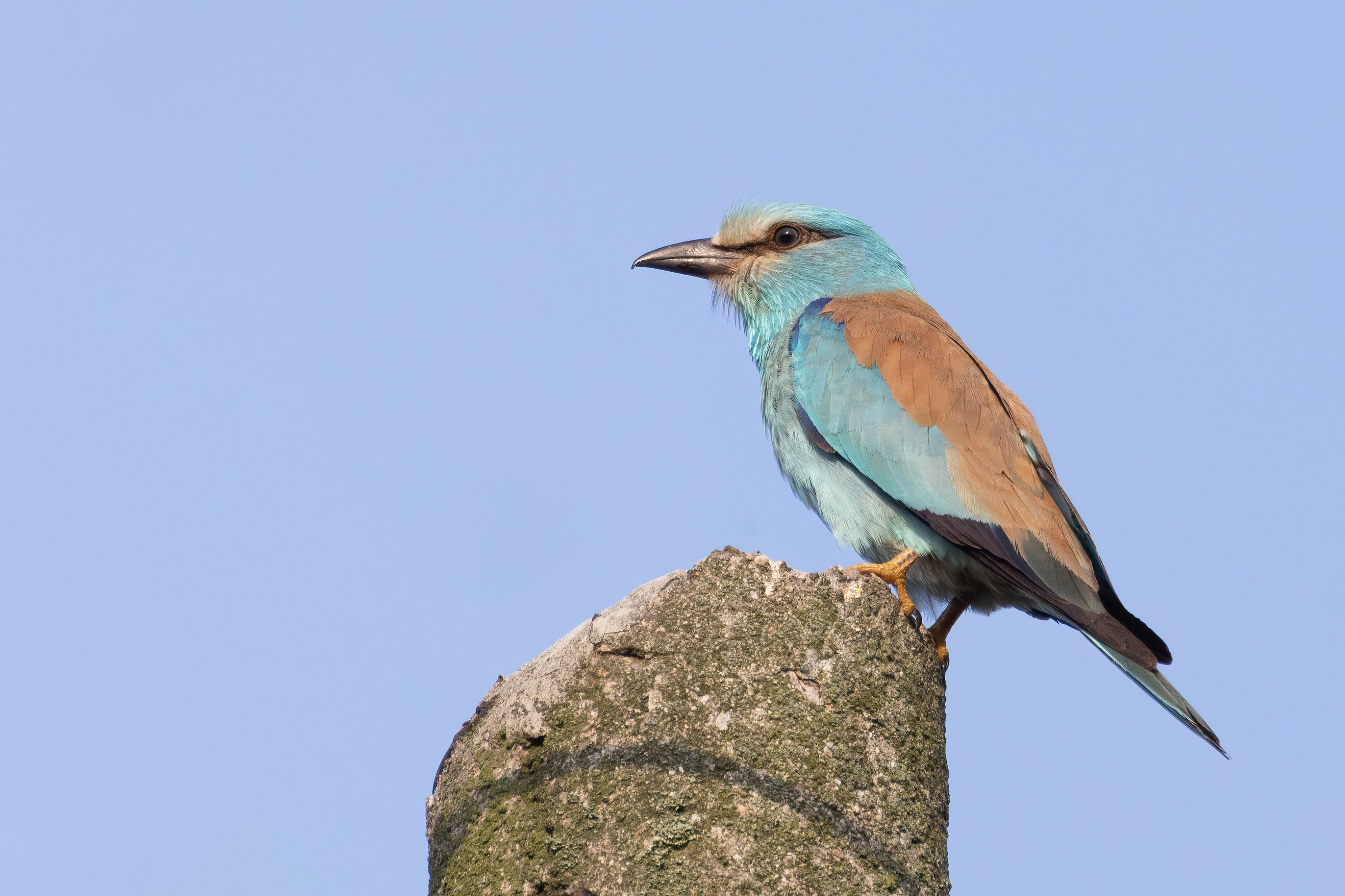
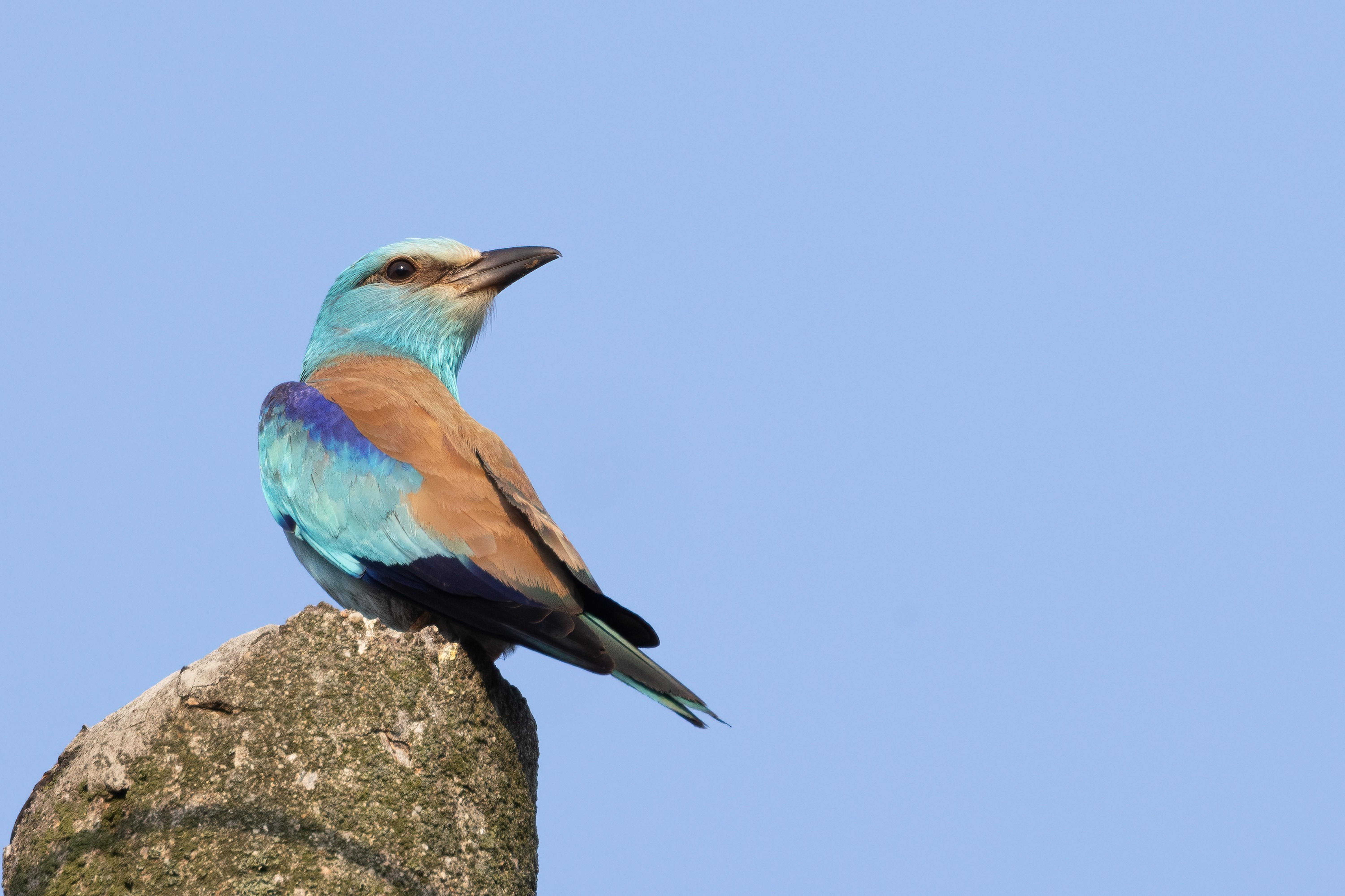
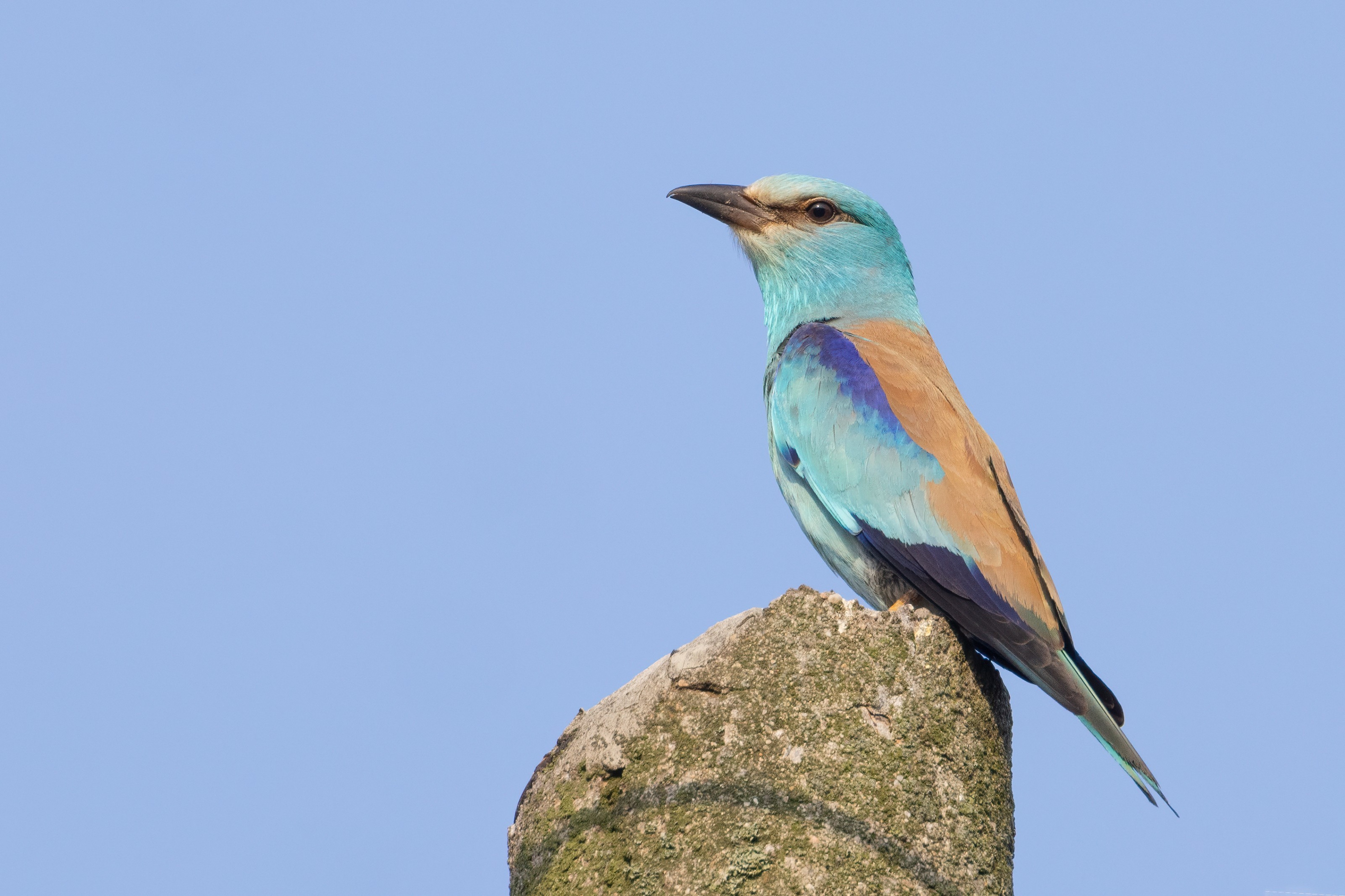

The next time we stopped was for what was probably the highlight of the day. In the past, I have only ever seen Chukar at a significant distance, and certainly never taken anything more than a record shot. As we approached the ‘Black-eared Wheatear’ rocks, we were greeted not by a wheatear, but a male Chukar, calling from an elevated position just below the road. We approached in the car little by little, stopping every few meters so I could get a few images. Ultimately we reached the point in the road closest to the bird, although the angle was not good relative to the strongly directional morning light. A great encounter!

The day continued to deliver, and just a short way on from the Chukar, we spotted the hoped for male Eastern Black-eared Wheatear on another rock below the road. I watched and waited for a while, but it always remained quite distant. We also spotted a female nearby, and watched both hunting various insects for their young, which must have been well hidden amongst the rocks somewhere below. While watching these, quite a few birds were flying up and down the valley. From our elevated position they were at roughly the same height as us, providing a nice angle for photography. The biggest surprise of the day were two separate female Goosanders which flew up and down the valley at various points. There were also 2 Black Stork, lots of White Stork, Great Cormorants, Grey Herons and a Great White Egret. On the rocks far above the road, there were several pairs of Kestrel, and flying around us were also a few Crag Martin and Red-rumped Swallow.
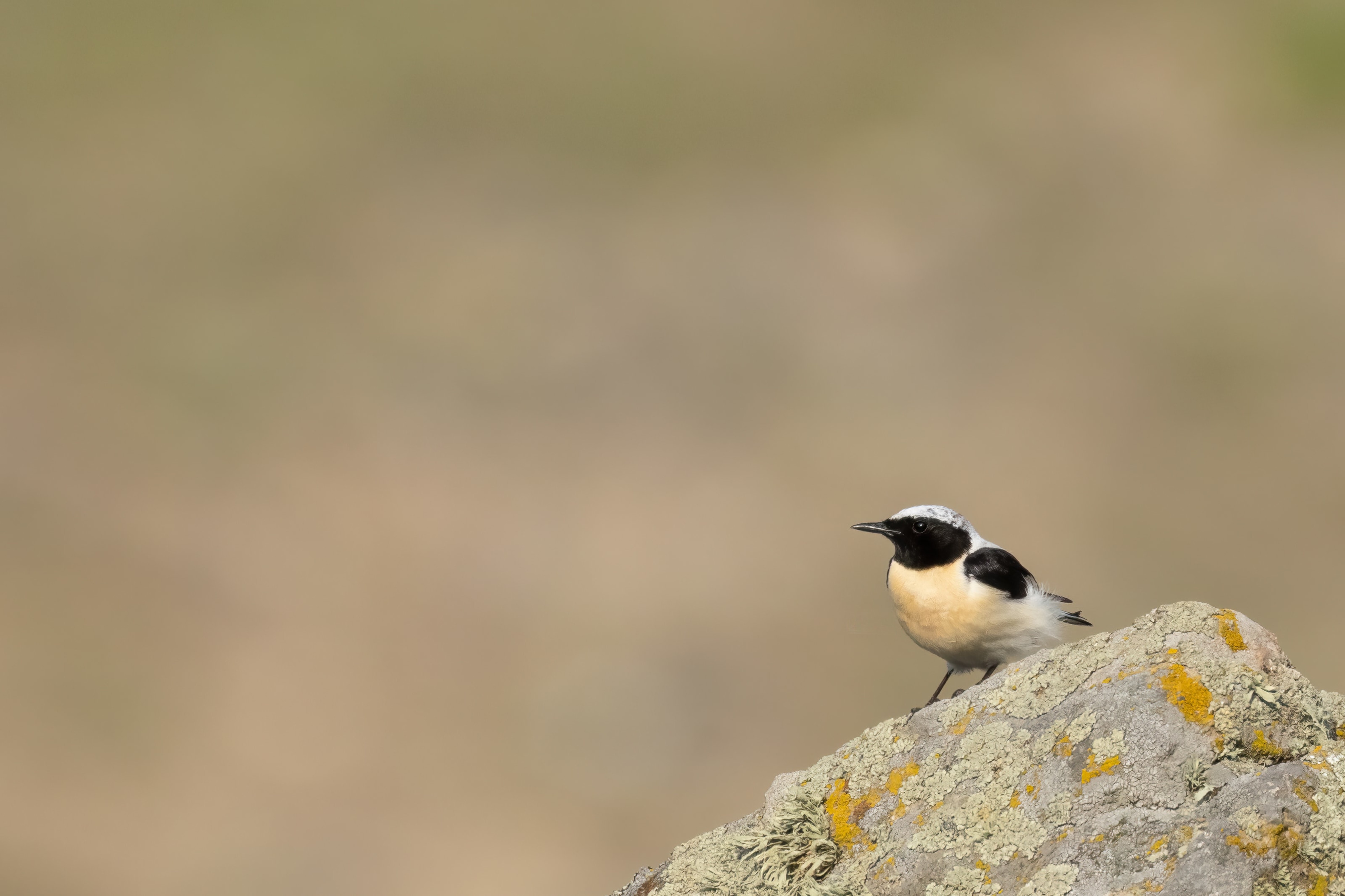

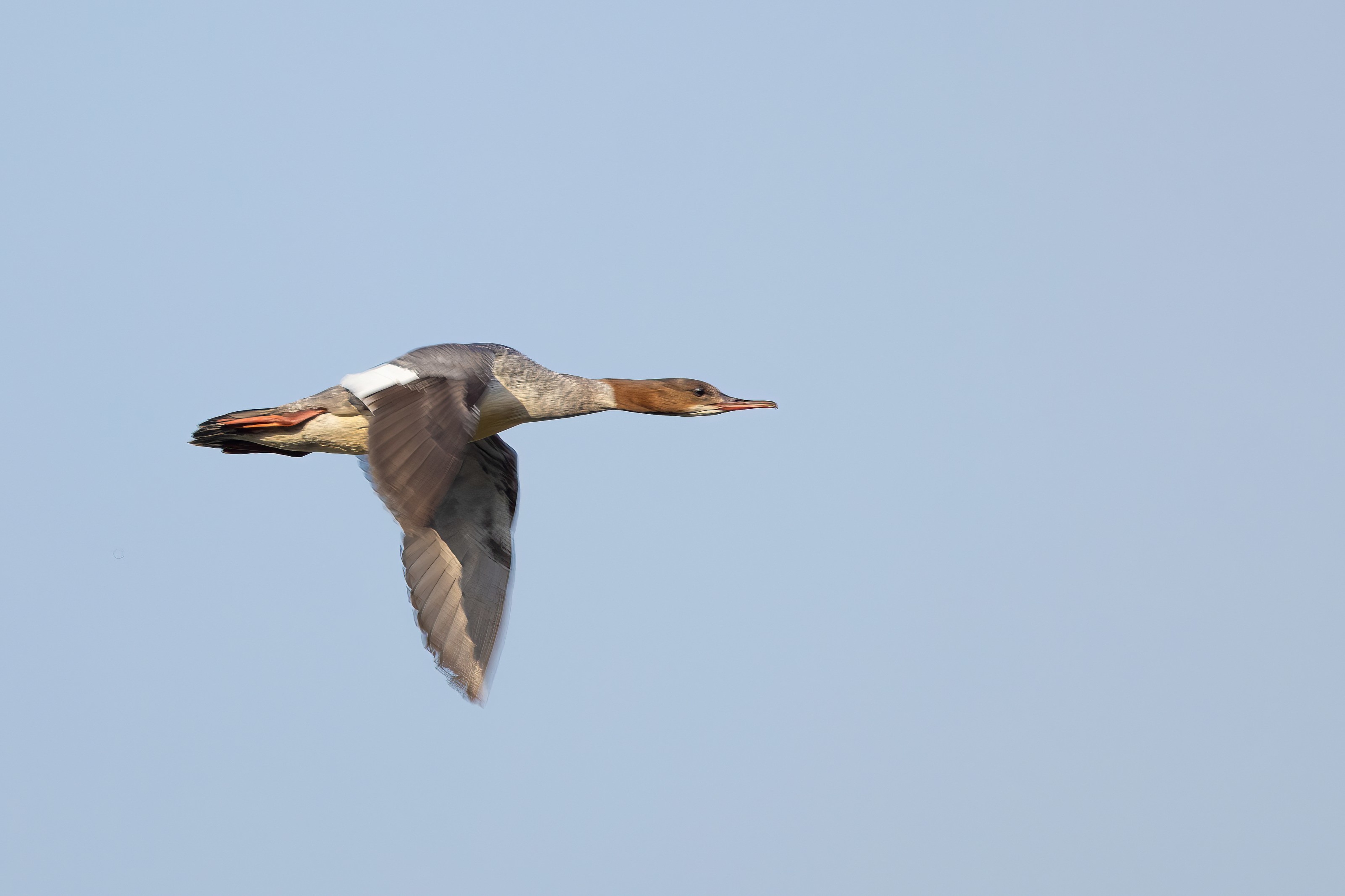
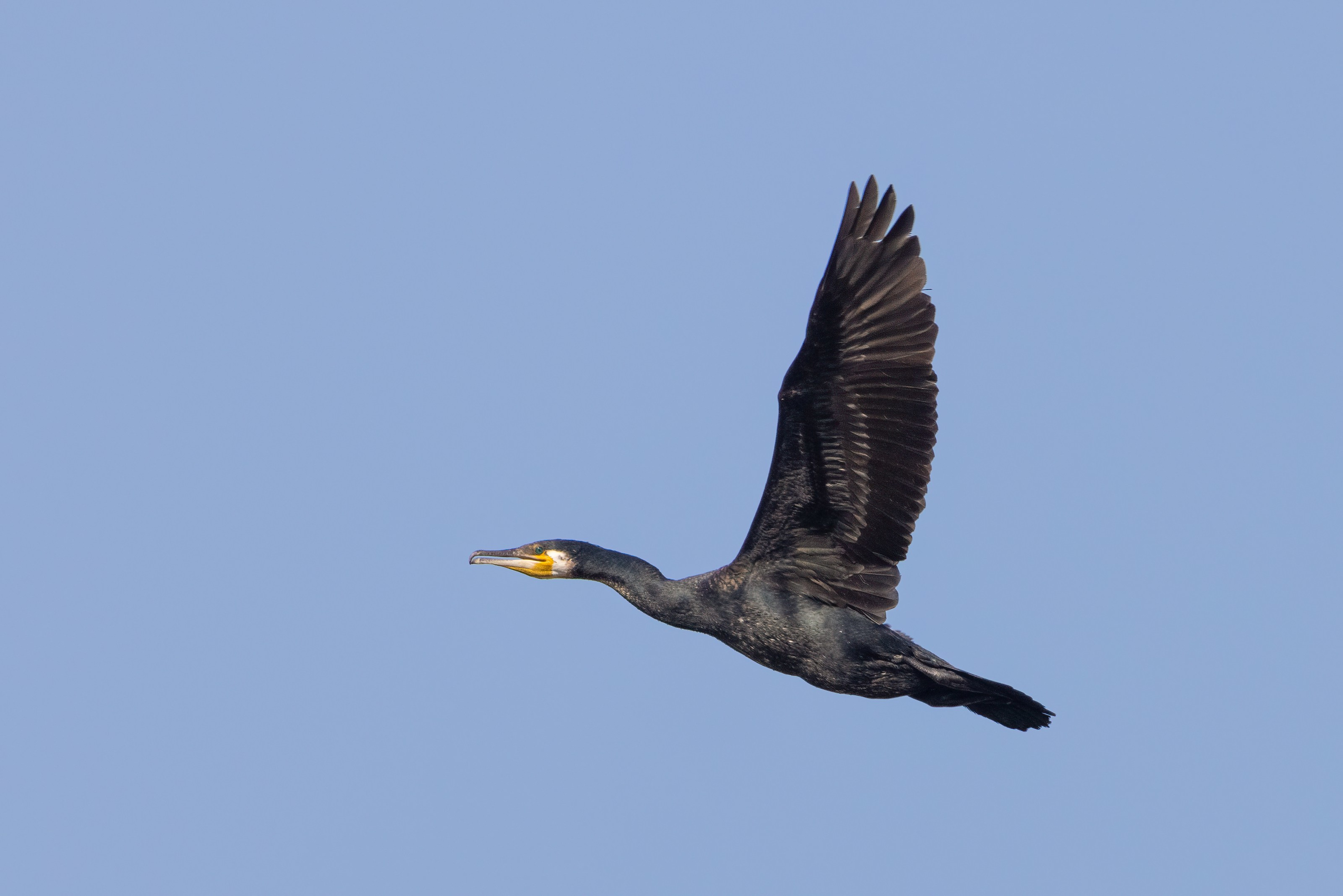
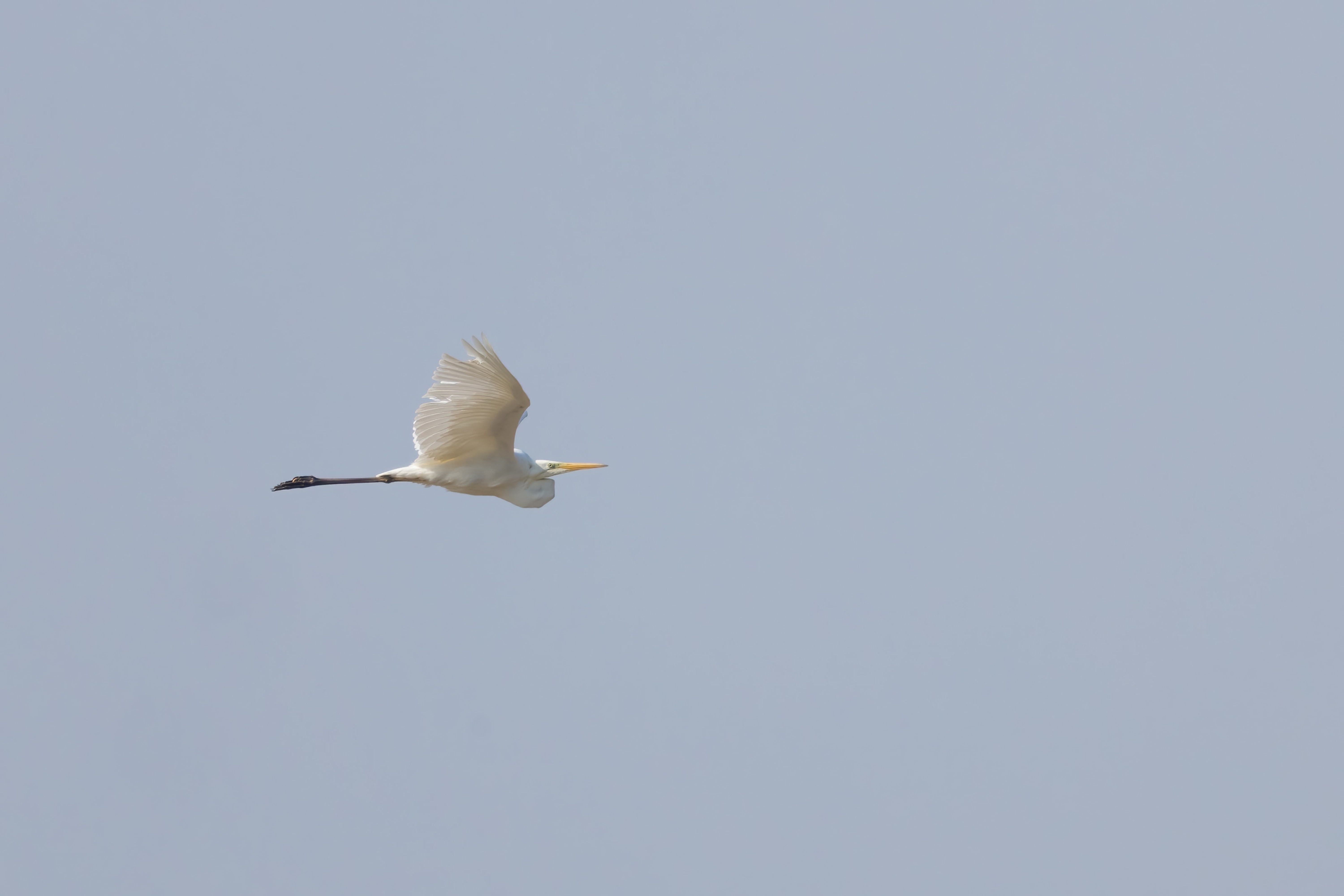
In the bushes on the opposite side of the road from the wheatear and partridge rocks, several Eastern Olivaceous Warblers were singing. I wasn’t really planning to spend much time attempting to photograph these - as they’re such a secretive bird, they would require quite a time investment. However, I noticed that one of the birds was singing right out in the open, and it remained there as I approached. I climbed very slightly up the adjacent rocky slope, found a stable position, and then watched and photographed as it sung from exposed branches in the bushes below me. I got a good variety of pictures, which I will put in a dedicated blog post. Nearby, there was also a beautiful male Cirl Bunting.


While watching the warbler, at one point I heard coming from above a few close-sounding bursts of Chukar’s distinctive call. I looked up, and there was another Chukar, perched beautifully on a rock just above me. Not quite as close as the earlier bird, but it allowed me to get a few different types of photo including some with blue sky as the background. Like with the Olivaceous Warbler, I took too many photos to fit here, so will need a separate post.
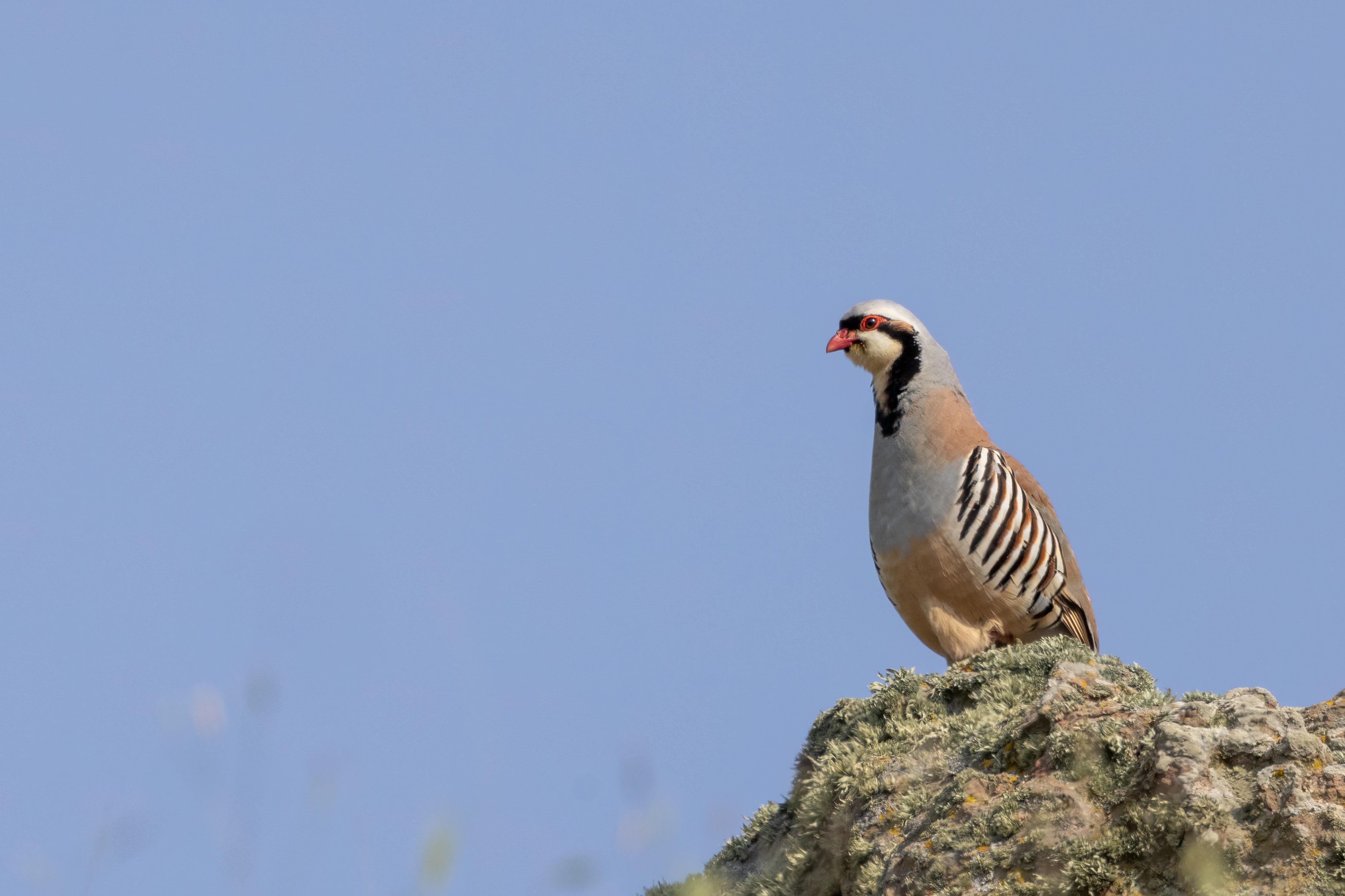
It was nearly 10:00am by this point, so we decided to move on from this excellent spot and see what else we could find. We completed the rest of the valley in about an hour, but didn’t come across much to photograph before we returned back the way we came. Birds of note did include Sombre Tit, 2 Eastern Bonelli’s Warbler (heard only) and 3 Olive-tree Warbler (heard only). There were lots of Red-backed Shrike, Golden Oriole, Hoopoe and Black-headed Bunting, plus a few more Roller. On the road we came across both a Hermann’s Tortoise and a very old Spur-thighed Tortoise.

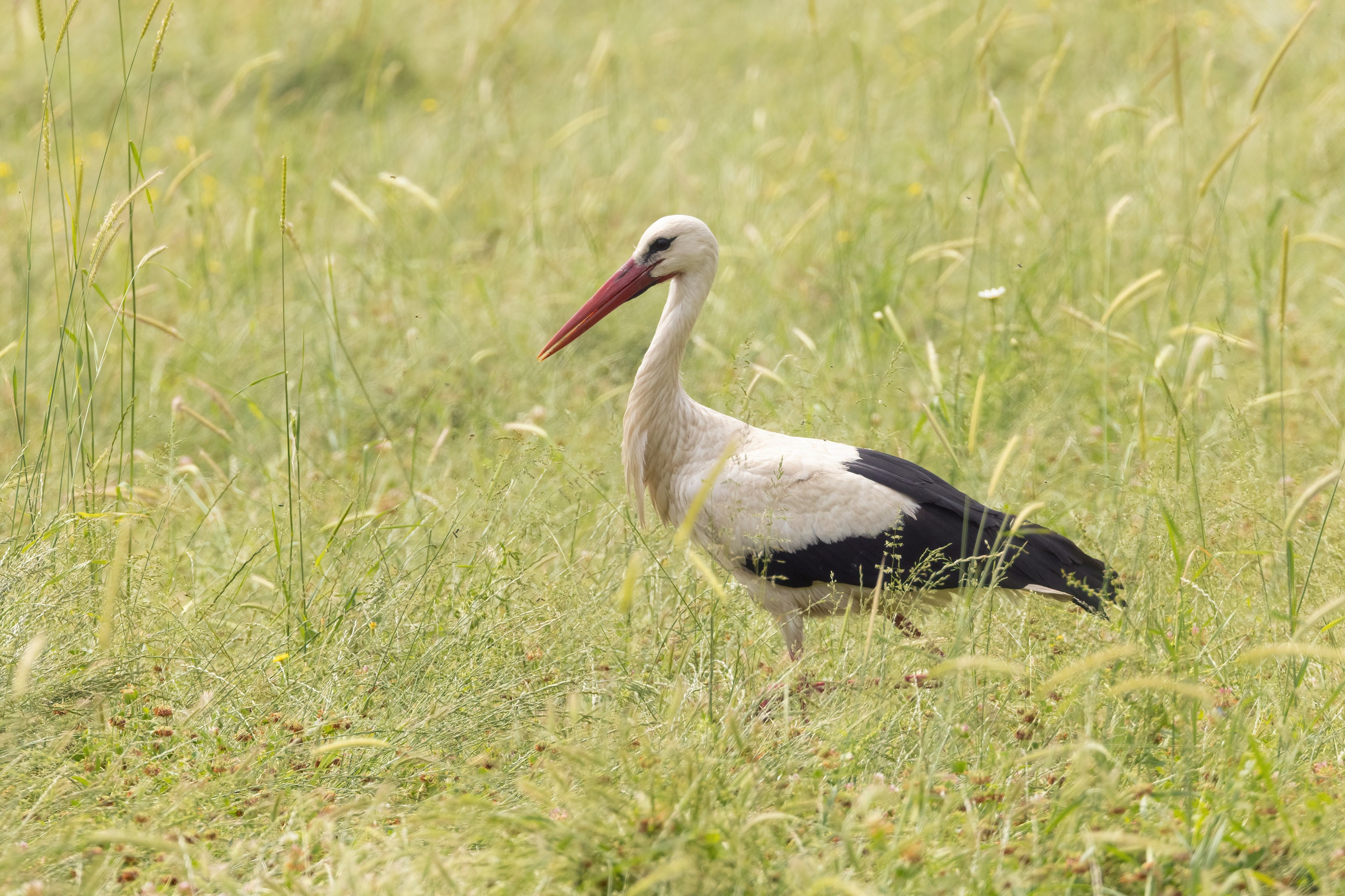
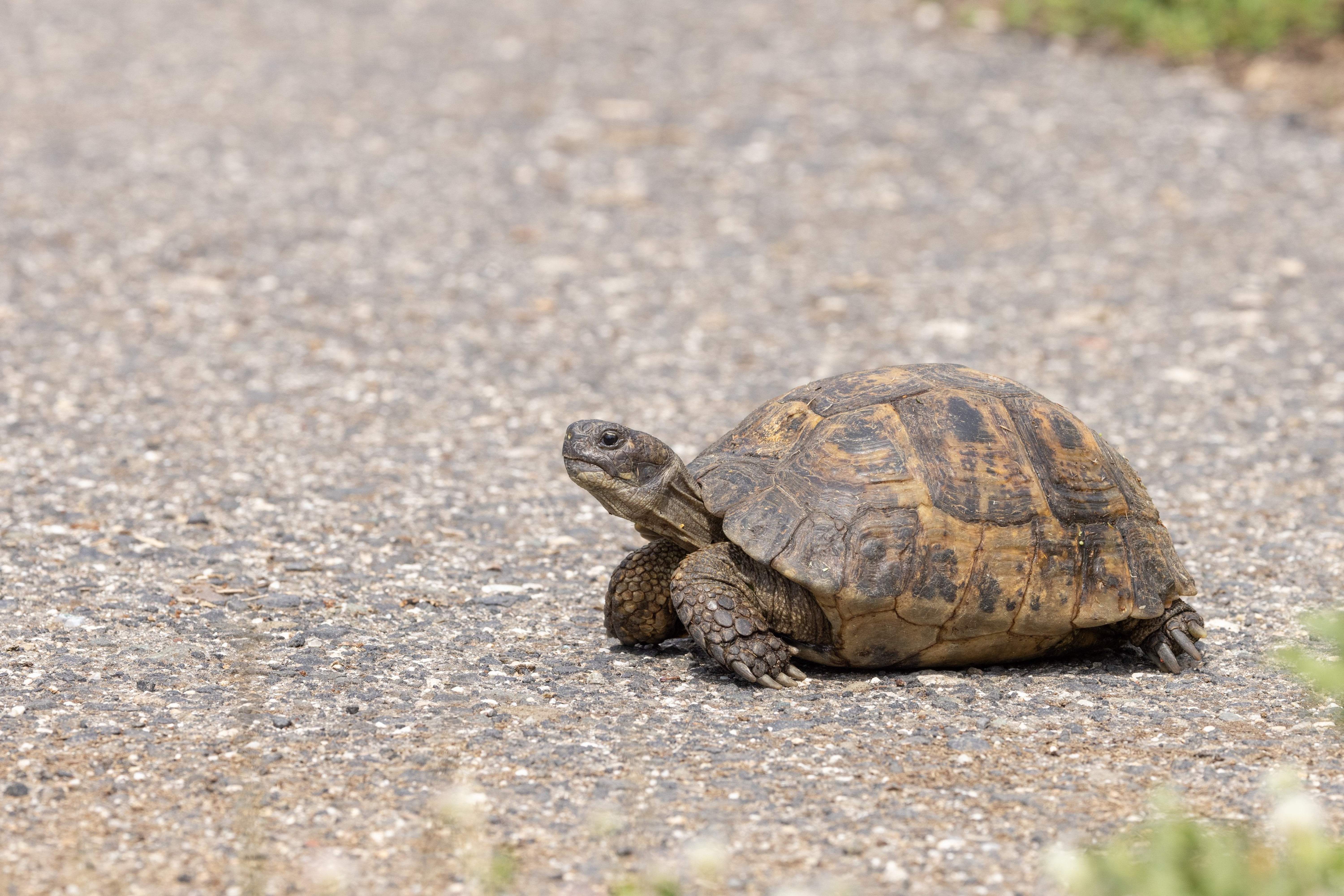
We had still yet to see one of the four target birds - Lesser Grey Shrike - so this was the focus for the rest of the day. And according to the weather forecast, and the ominous dark clouds in the distance, there may not be much of the day left. After a quick break in a nearby village to buy and eat some food, during which time we heard a few daytime calls of a Scops Owl, we returned to the start of the valley to check a few spots where we'd seen shrikes in previous years.
In the end the weather held until 4:00pm, which was lucky as we didn’t have any real success until 3:00pm (we did have a brief sighting much earlier); we found a pair of Lesser Grey Shrike nesting in one of the tall trees on the river bank. We sat nearby, waiting for them to relocate to another tree or to the electricity wire just above our head. They did this regularly, but always a little too distantly. We decided we would try again the following day.

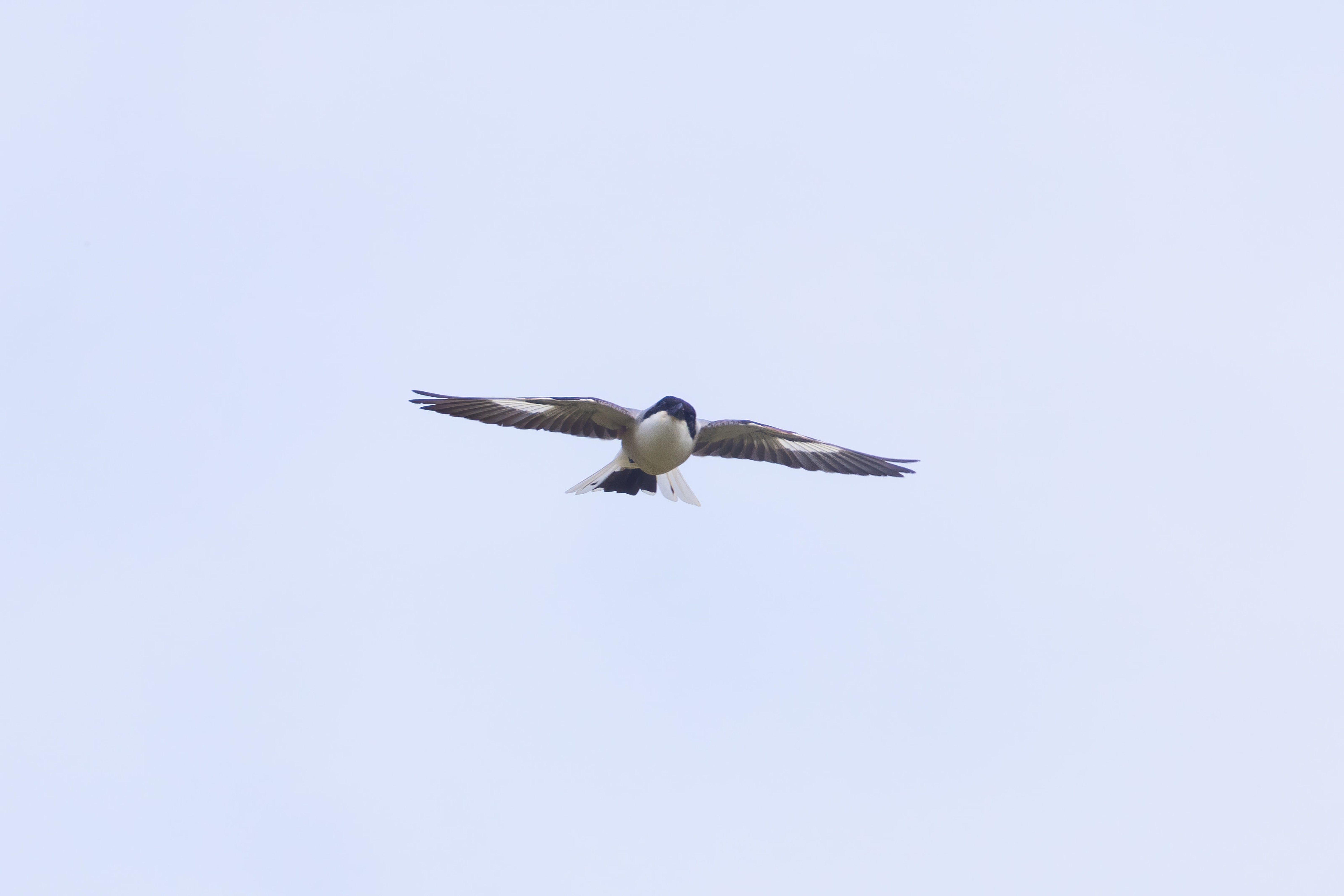
Down by the river there were also a few butterflies and dragonflies before the rain arrived, including a White-tailed Skimmer, a Common Bluetail, a few Azure Bluet, many Eastern Festoons, Black-veined Whites, and a Lattice Brown. We finished the day with a Griffon Vulture overhead, and later in the evening another Scops Owl calling.
Leave a comment: